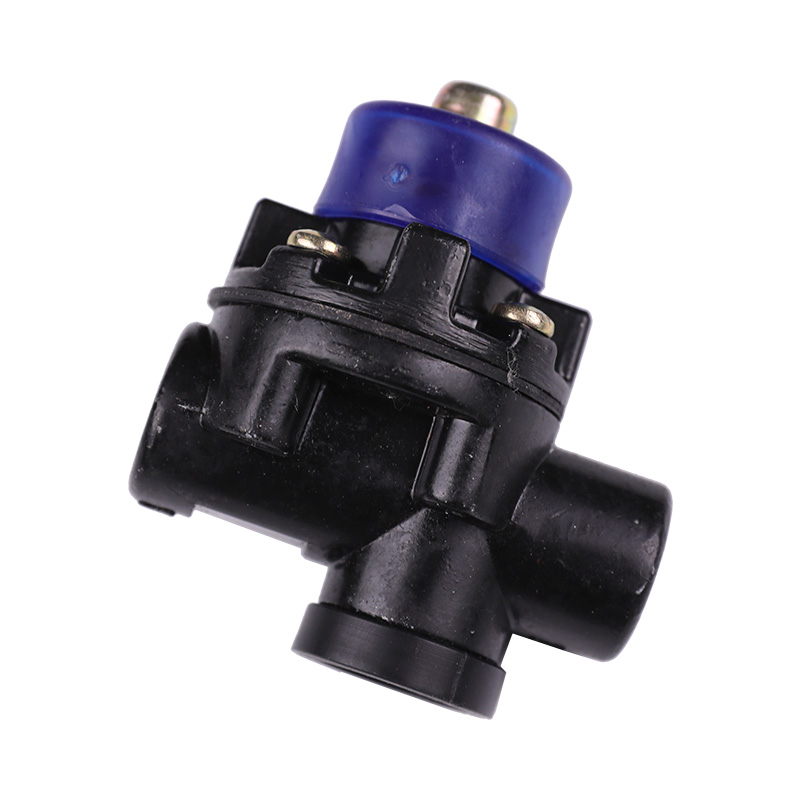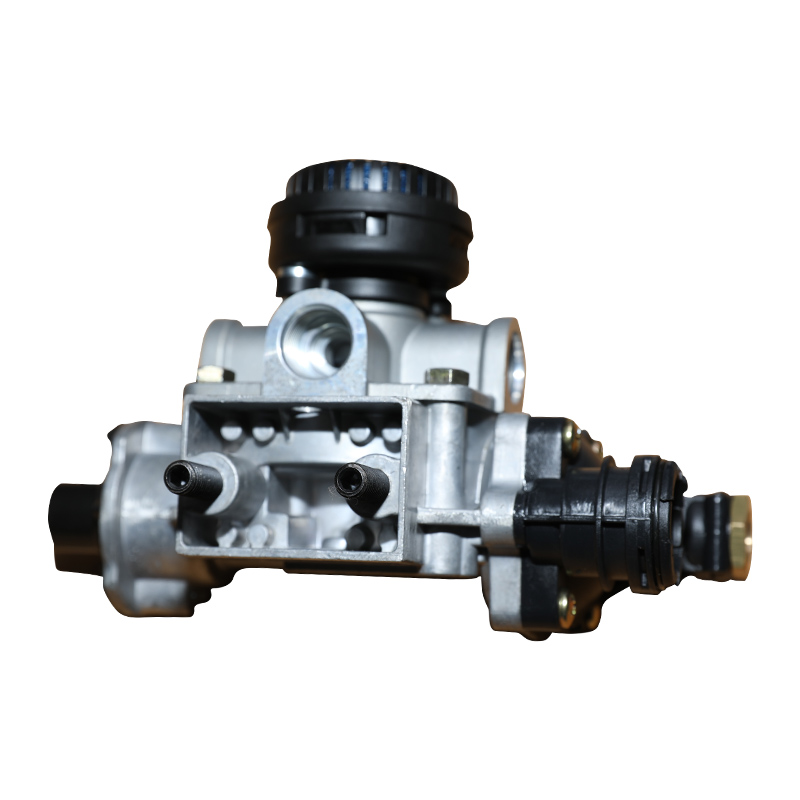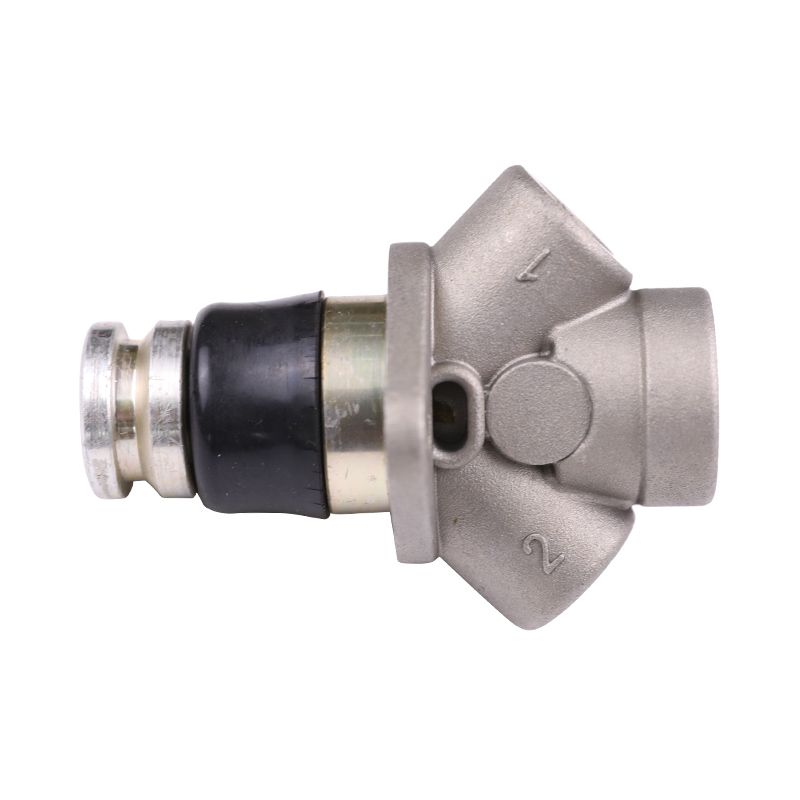The brake foot valve plays an important role in preventing excessive pressure on the brake system. Its design and control mechanism are designed to ensure that the brake system does not exceed a safe range of pressure during operation.
Monitoring of pressure sensors:
The brake foot valve is usually equipped with a pressure sensor that monitors the pressure in the braking system. These sensors measure brake fluid pressure in real time and feed this information back to the brake foot valve. By accurately monitoring pressure, the brake foot valve can detect potential excessive pressure problems in a timely manner.
Proportional valve control:
A proportional valve is usually used inside the brake foot valve to control the flow and pressure of brake fluid. Proportional valves limit the rate of pressure increase in the hydraulic system by adjusting the position of the spool while preventing excessive pressure. This ensures a gradual increase in pressure and avoids sudden, excessive increases.
Design of anti-overpressure valve:
The brake foot valve usually has an anti-overpressure function, which is a design that prevents the brake system pressure from exceeding a safe range. Once pressure in the system is detected to exceed a preset threshold, the anti-overpressure valve activates and adjusts liquid flow to maintain pressure at a safe level.
Fast-responsive system control:
The design of the brake foot valve focuses on the rapid response of the system. When an emergency braking signal or abnormal system pressure is detected, the brake foot valve can quickly adjust the proportional valve and anti-overpressure valve to limit the growth of pressure and ensure that the system reaches balance in the shortest time.
Intervention of electronic control unit (ECU):
Modern automobile braking systems usually integrate an electronic control unit (ECU), which works closely with the brake foot valve. Once signs of excessive pressure are detected, the ECU will issue instructions requiring the brake foot valve to adjust the working status of the system to ensure the safety and reliability of the system.






